The Yamaha Fizzy – how a 1970s moped became a £10,000 collector’s item
Surviving examples of the Yamaha FS1-E - a cheap moped originally meant for teenagers – are fetching serious money among motorcycle enthusiasts.
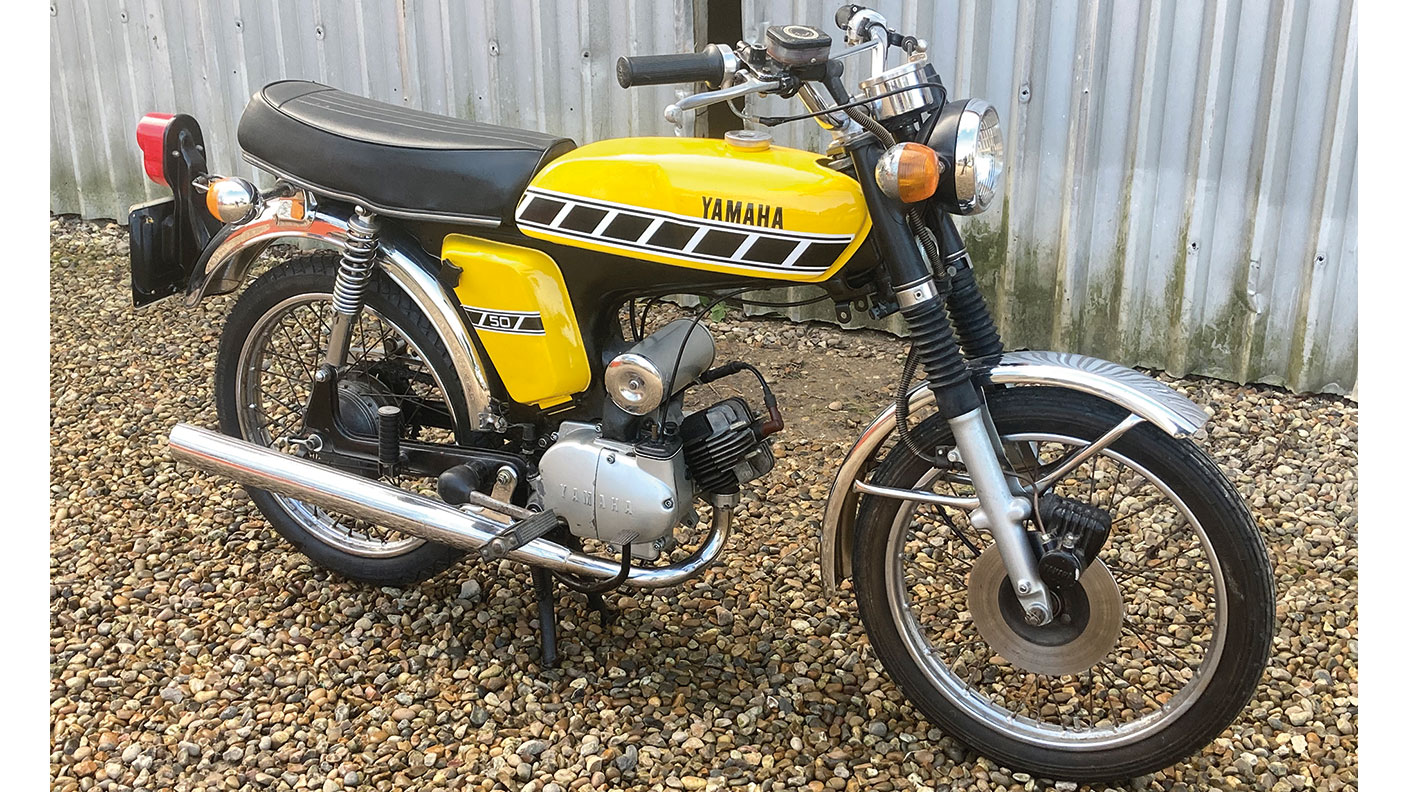

Earlier this month, Yamaha announced plans to sell a new range of e-bikes in Europe later this year, including two new electric mopeds. The Japanese motorbike brand is no newcomer to assisted pedal power. In the 1970s, it released the FS1-E moped, a “sixteener special” – so-named because of a 1971 British law that limited 16-year-old riders to bikes with 50cc engines. In response, manufacturers made mopeds – with both a small engine and pedals – aimed at teenagers.
If you were a teenager, “this was the bike to have”, says John Hogan in SuperBike magazine. “Fifty cc of two stroke freedom, sometimes at 30mph if you were going downhill and had a tailwind.” The “E” signalled that it was for sale in the English market. Around 200,000 British-bound “Fizzys”, as the mopeds were affectionately known, were made. Today, “bikers of a certain age seem more than happy… to part with vast sums of cash” to get their hands on one, says Hogan – perhaps with a view to reliving those wild, carefree years.
Be ready to dig deep
Japanese motorcycles from the 1970s and 80s made up almost a quarter of British-based collections holding at least five vehicles in 2018, according to insurer Hagerty. But collectors have to dig deep. Many Fizzys ended up on the scrapheap and relatively few have survived in a good condition. One Fizzy from 1976, which would have cost around £300 new, sold last October for £10,350 (including fees) in an auction run by Cheshire-based auction house H&H Classics at the National Motorcycle Museum in the West Midlands.
MoneyWeek
Subscribe to MoneyWeek today and get your first six magazine issues absolutely FREE

Sign up to Money Morning
Don't miss the latest investment and personal finances news, market analysis, plus money-saving tips with our free twice-daily newsletter
Don't miss the latest investment and personal finances news, market analysis, plus money-saving tips with our free twice-daily newsletter
“Ten years ago a Fizzy would have only sold for around £1,500, but they’ve been gaining in popularity for some years now with prices now reaching into the thousands,” says Jeremy Curzon, motorbike specialist at auction house Cheffins, in Cambridge. “However, no one would have guessed that one of these sixteener specials could have made over £10,000!” Cheffins is selling a Fizzy at its April Vintage Sale, with an estimate of £3,000-£4,000.
If you were lucky, you might have progressed from a 50cc Fizzy to a 1978 249cc Kawasaki KH Triple – one of which is also appearing in the sale. “Bikes such as the Fizzy and the Kawasaki KH Triple were so popular in the 1970s, when, as a youth, you could jump straight on without any training and ride them indefinitely on L-plates,” says Curzon. “The Fizzy was probably the most iconic and beloved of them all and to this day holds a very special place in the hearts of those who were teenagers in the mid to late-1970s, myself included.”
A big price for a very small car
Cars are getting bigger and heavier, but for collectors, small can still be beautiful. Take the Peel P50: at 1.3 metres long, one metre wide and 1.3 metres tall, it is the smallest production car ever made. Peel Engineering built 46 of them on the Isle of Man between 1962 and 1965, with 26 thought to remain in existence today. One early example went up for auction last month with online auctioneers Car and Classic. The car is possibly a pre-production model that may be the first P50 made, and is thought to be the same one used in a promotional stunt in May 1963, when it was hoisted up Blackpool Tower and driven around the observation gallery.
The red fibreglass three-wheeler was launched at the 1962 Earls Court Motorcycle Show, in London, because its 49cc DKW single-cylinder engine technically drops the car into the motorcycle category. It was designed as a city run-around, propelling the driver and one bag of shopping to a heady top speed of 38mph. The P50 has just three forward gears. If you want to reverse, you have to get out and pick up its 59kg by the handle on the back. There is a lever on one side of the black vinyl seat to start the engine, and a handbrake on the other side. Add the steering wheel and pedals, plus a red carpet in the footwell for a touch of comfort, and that’s it – the P50 was never fitted with any instruments or dials.
Driving a P50 on the road is “somewhat of an experience… but a totally enjoyable one… [turning] heads wherever it goes”, says the listing. It is “capable” of doing 100 miles to the gallon, if “maxing out” at its full 38mph. This one sold for £111,000 after 99 bids – a “big price for a small car,” but not a record, says This is Money. Another P50 sold for $176,000 (then £122,000) in Florida in 2016.
Auctions
Going…
A marble sculpture that sold for £5,200 in a 2002 garden statuary auction has been revealed as a lost late work by Italian master Antonio Canova, says the Financial Times. The “lucky sellers”, a British couple, bought the sculpture of an “idealised, penitent Mary Magdalene” for the garden. When rumours of a connection to Canova surfaced, they contacted an art adviser and much of the statue’s history was unearthed. The work is the Maddalena Giacente (Recumbent Magdalene), which was commissioned around 1820 by the then-British prime minister, Robert Jenkinson, second Earl of Liverpool. The statue will go on sale through Christie’s in London on 7 July, valued at between £5m and £8m.
Gone…
Mother and Child, a “previously undiscovered” sculpture by British artist Henry Moore, sold for £320,000 last week at auction house Dreweatts in Berkshire, says ITV News. The lead piece from 1939-1940 had sat on a mantlepiece for 40 years before it was traced back to a 1939 sketch by The Henry Moore Foundation. It is particularly rare, because Moore only experimented with lead for a short time during the 1930s. The sculpture had been a gift to Hubert de Cronin Hastings, who was at that time the editor of The Architectural Review. The auction price was ten times its
low pre-sale estimate.
Get the latest financial news, insights and expert analysis from our award-winning MoneyWeek team, to help you understand what really matters when it comes to your finances.

-
 Where to look for Christmas gifts for collectors
Where to look for Christmas gifts for collectors“Buy now” marketplaces are rich hunting grounds when it comes to buying Christmas gifts for collectors, says Chris Carter
-
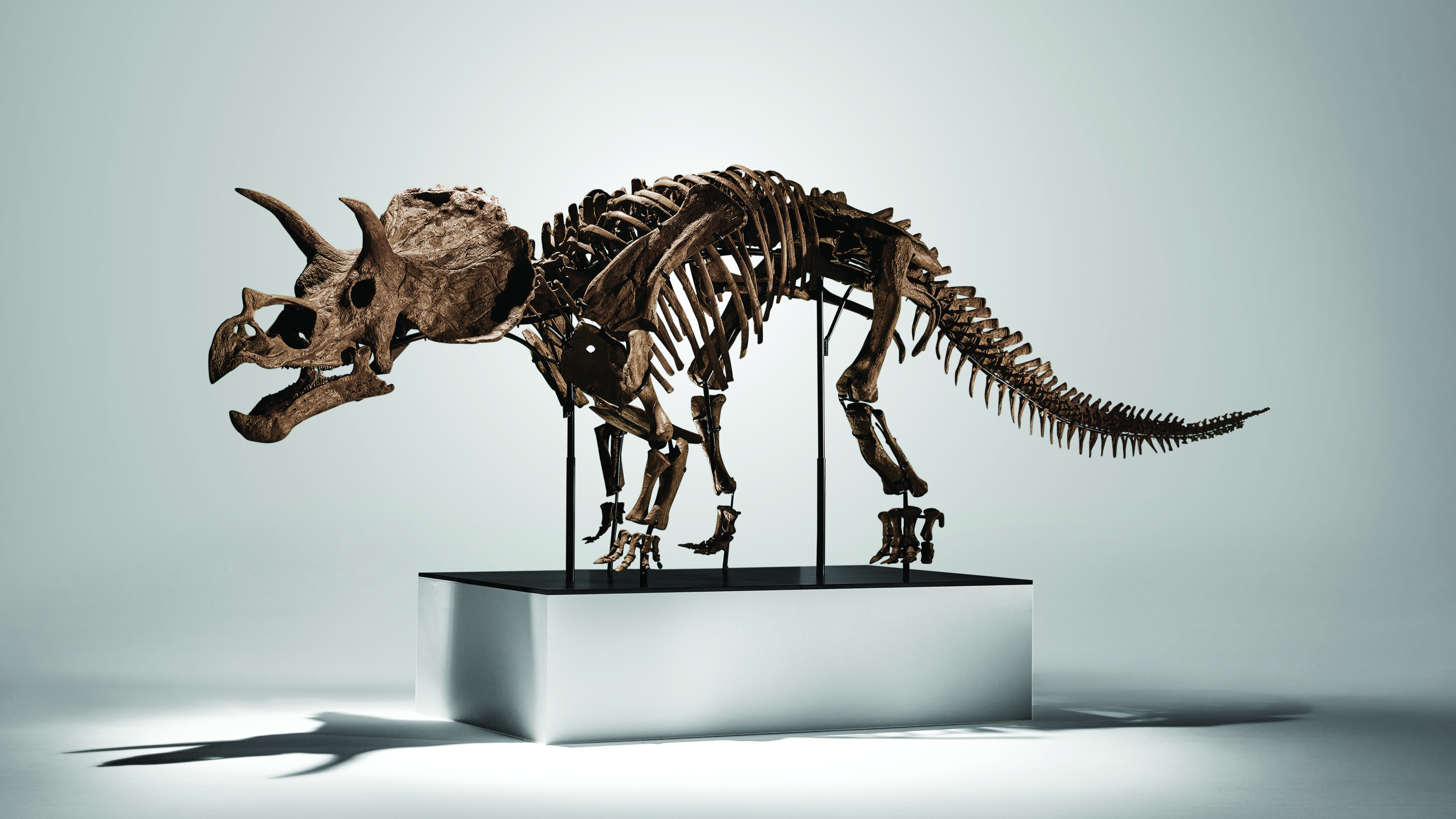 How dinosaur fossils became collectables for the mega-rich
How dinosaur fossils became collectables for the mega-richDinosaur fossils are prized like blue-chip artworks and are even accelerating past the prices of many Old Masters paintings, says Chris Carter
-
 Sotheby’s fishes for art collectors – will it succeed?
Sotheby’s fishes for art collectors – will it succeed?Sotheby’s is seeking to restore confidence in the market after landing Leonard Lauder's art collection, including Gustav Klimt's Portrait of Elisabeth Lederer
-
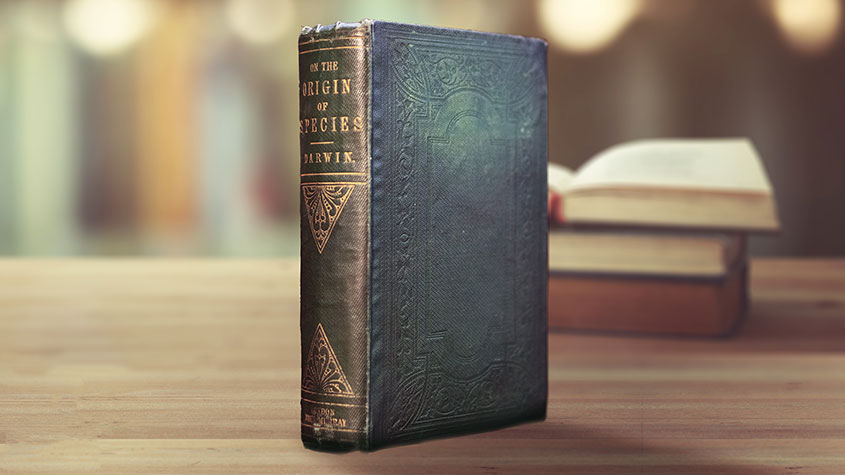 Own your share of Darwin’s £275,000 First Edition
Own your share of Darwin’s £275,000 First EditionAdvertisement Feature A one-of-a-kind opportunity to own a share in a 163-year old first edition copy of “On the Origin of Species” from only £50 through fractionalisation.
-
 Why now is a good time to buy diamond miners
Why now is a good time to buy diamond minersCover Story Demand for the gems is set to outstrip supply, making it a good time to buy miners, says David J. Stevenson.
-
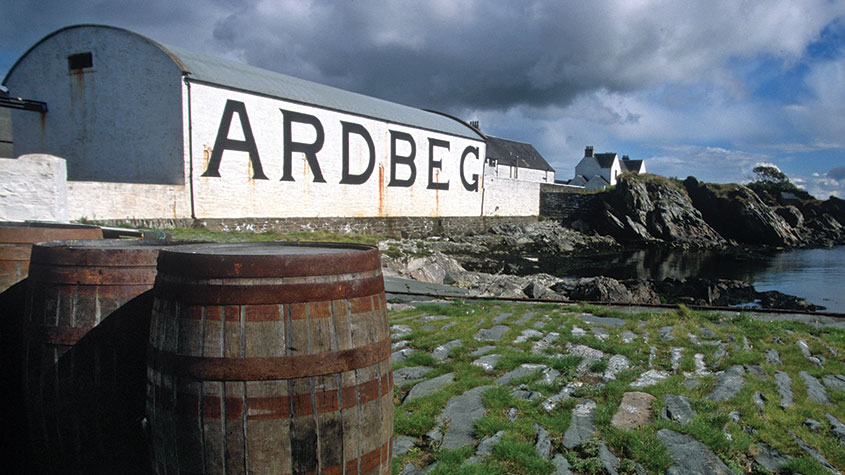 Collecting rare whisky: a £16m tipple served with froth
Collecting rare whisky: a £16m tipple served with frothFeatures The market in rare whisky is looking very bubbly, says Chris Carter, with a 1975 cask of recently selling for £16m.
-
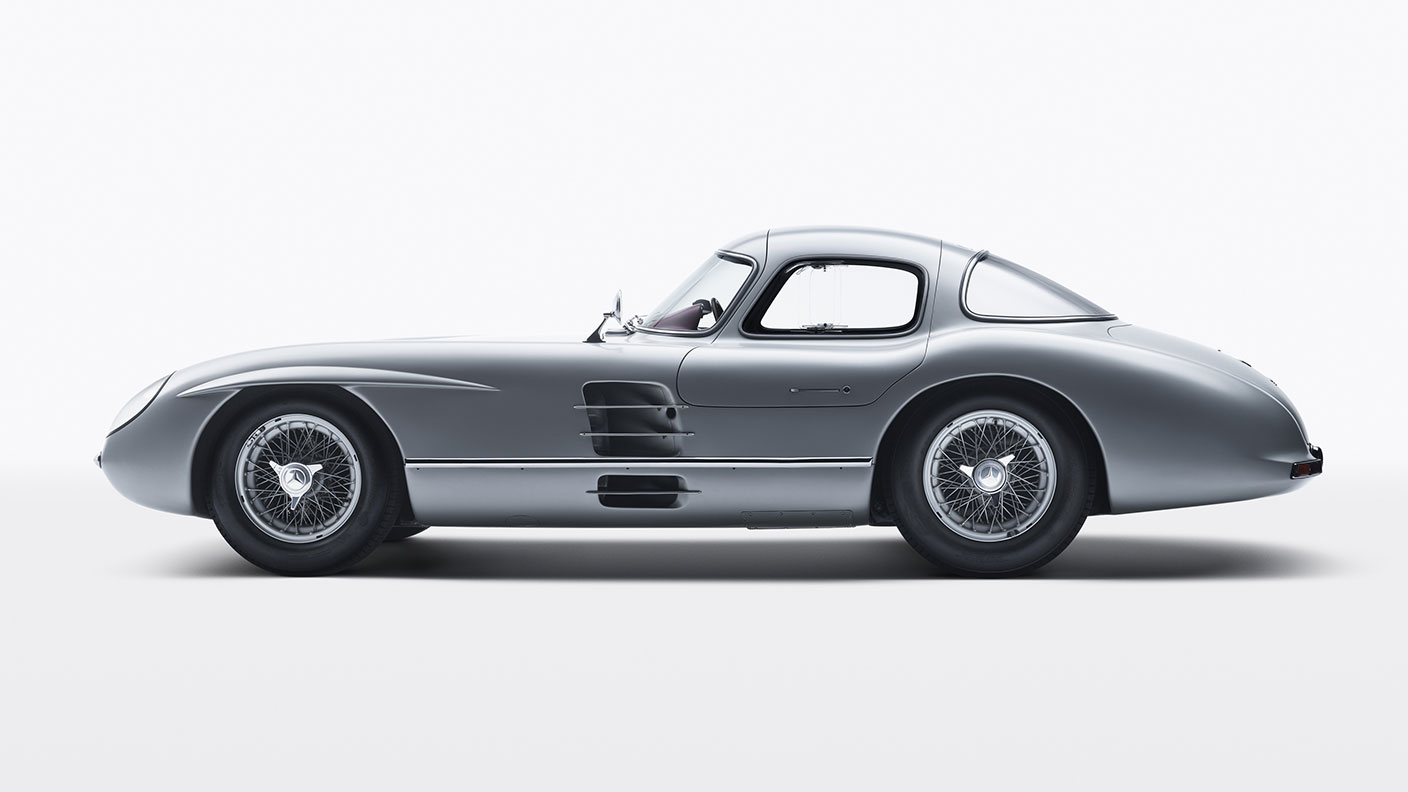 Classic car collectors step on the gas as prices rise
Classic car collectors step on the gas as prices riseReviews Prices in classic-car markets are starting to look frothy
-
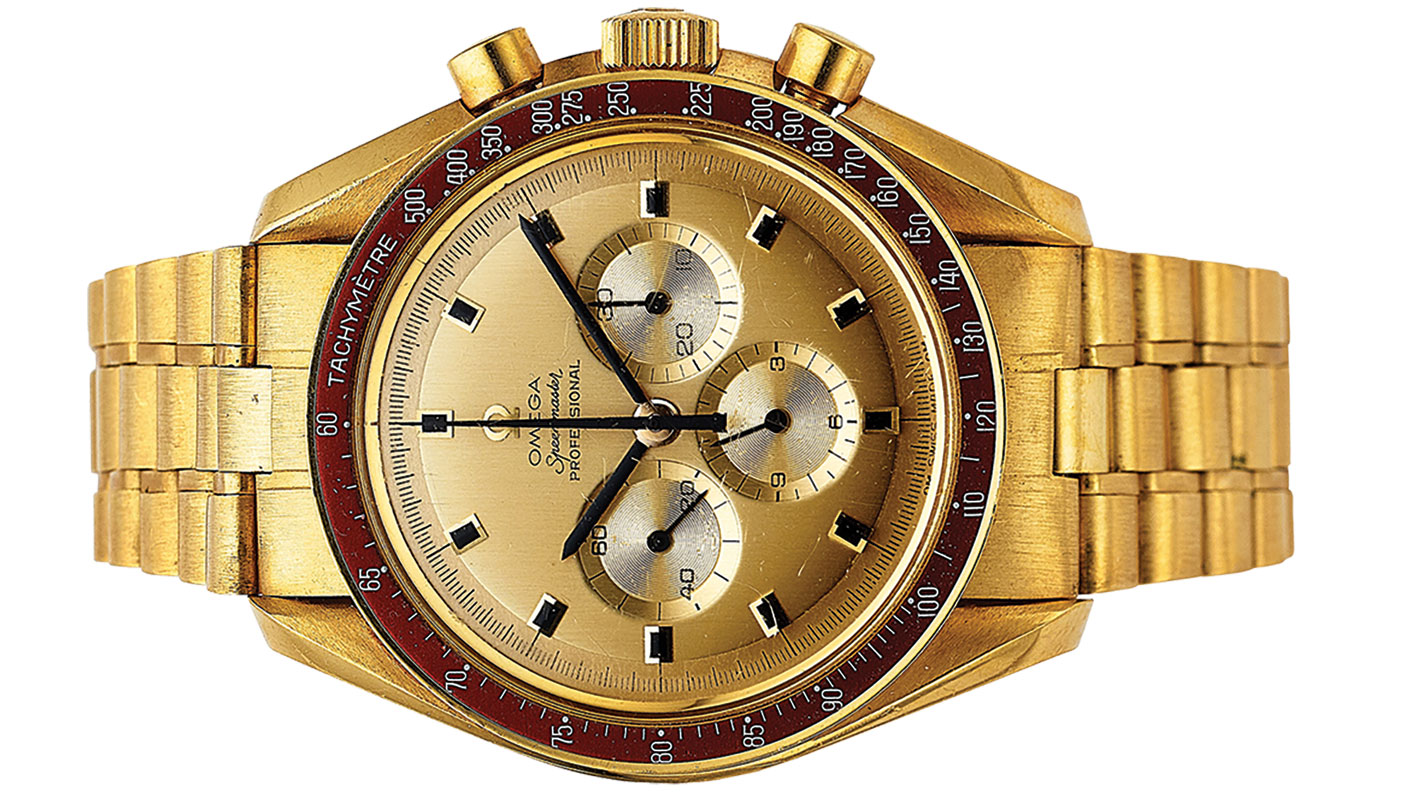 Boom times for the collectable watch market
Boom times for the collectable watch marketFeatures Vintage and collectable watches are setting records at auction. Chris Carter reports.

